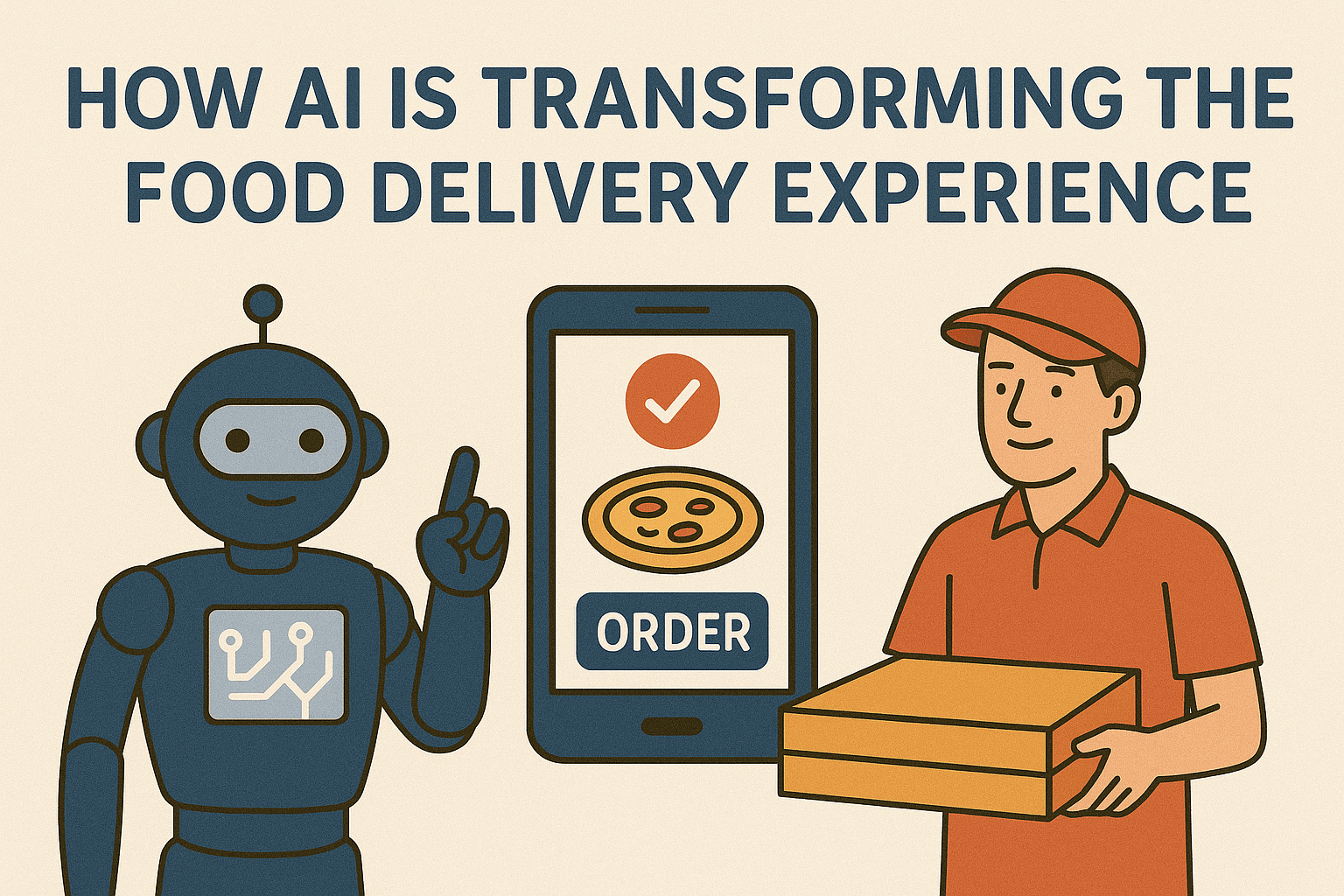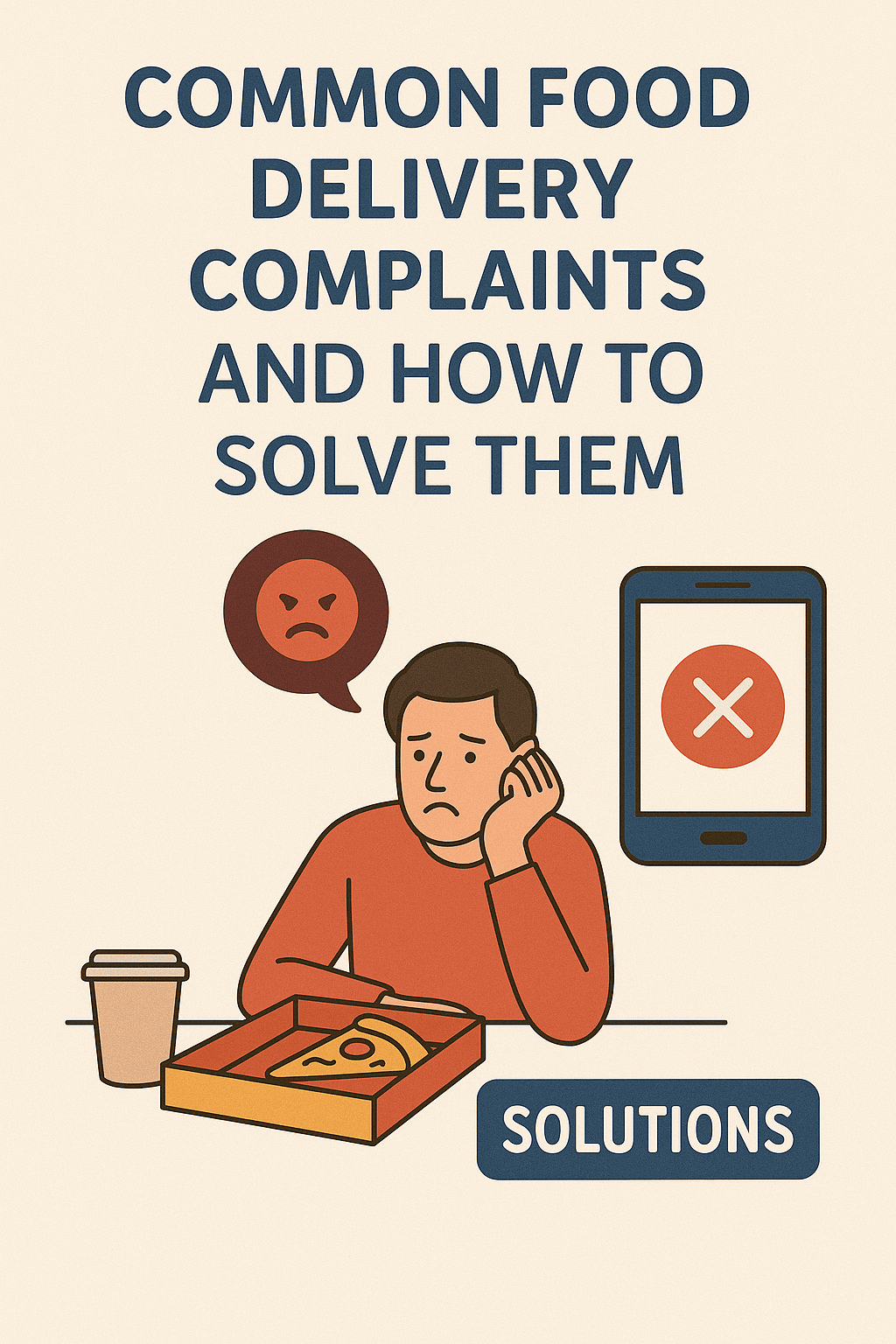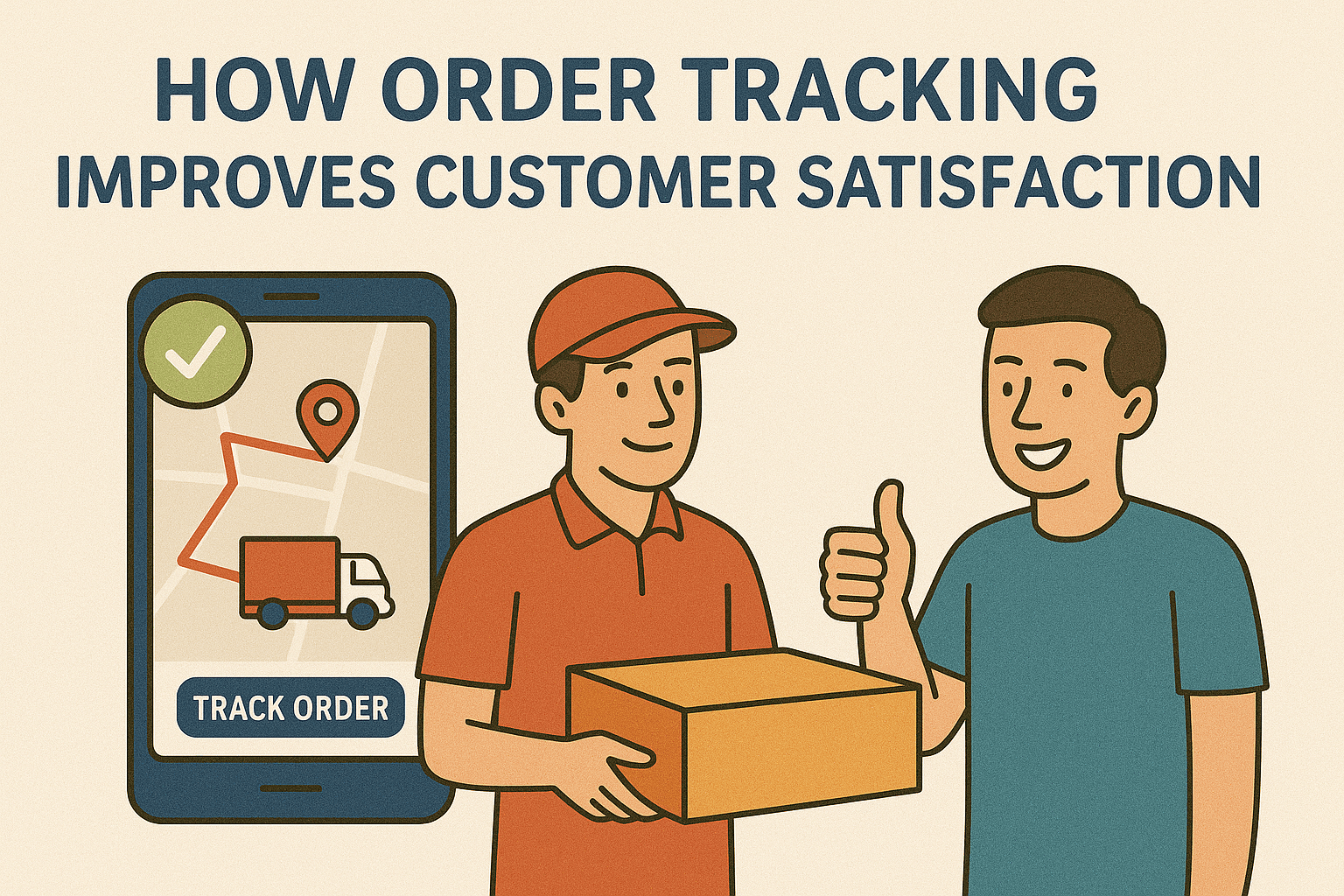Artificial Intelligence (AI) is revolutionizing industries worldwide, and the food delivery sector is no exception. From personalized recommendations and automated order processing to predictive delivery times and AI-powered chatbots, AI is enhancing every aspect of the food delivery experience. Whether you’re a restaurant owner, delivery service provider, or customer, AI-driven innovations are making food ordering faster, more convenient, and highly efficient.
In this in-depth blog post, we explore how AI is transforming the food delivery experience, enhancing customer satisfaction, and optimizing logistics. If you’ve ever wondered how AI-driven food delivery works, this guide will provide valuable insights.
1. AI-Powered Personalized Recommendations
How AI Improves Food Suggestions
One of the biggest ways AI is revolutionizing food delivery is through personalized recommendations. AI algorithms analyze user behavior, past orders, browsing history, and preferences to suggest the most relevant meals and restaurants.
For example:
- AI can suggest vegetarian or vegan options if a user frequently orders plant-based meals.
- Customers who often order spicy dishes may receive recommendations for Indian or Mexican cuisine.
- AI can highlight limited-time discounts or special deals based on the user’s favorite restaurant choices.
Machine Learning and Predictive Analytics
AI-driven machine learning models continuously improve based on real-time user interactions. These models use predictive analytics to determine the best possible food suggestions, increasing customer engagement and retention.
2. AI-Enhanced Order Processing and Automation
Automated Order Management
AI-powered automation streamlines the order management process, reducing human error and speeding up transactions. With AI-driven order processing systems, restaurants and food delivery services can:
- Automate order intake from multiple platforms.
- Minimize errors in order placement.
- Ensure real-time updates for customers and drivers.
- Optimize kitchen workflows, reducing preparation time.
AI-Powered Chatbots and Virtual Assistants
AI chatbots are improving customer interactions by providing instant responses, answering FAQs, and handling common issues like refund requests or delivery delays. AI-driven virtual assistants, such as Avery, offer a seamless ordering experience by guiding users through the menu, processing special requests, and confirming orders.
Benefits of AI Chatbots:
- Available 24/7, ensuring continuous customer support.
- Handle multiple customer inquiries simultaneously.
- Provide real-time updates on order status.
- Assist with menu navigation and dietary preferences.
3. Optimized Delivery Routes with AI and GPS Tracking
AI-Driven Route Optimization
Food delivery relies on fast and efficient logistics, and AI is playing a crucial role in optimizing delivery routes. AI-powered route planning and GPS tracking ensure that drivers take the fastest and most efficient paths, reducing delivery times and fuel consumption.
How AI Optimizes Delivery Routes:
- Analyzing real-time traffic data to avoid congested roads.
- Factoring in weather conditions for safer routes.
- Optimizing driver assignments based on location and proximity to the customer.
- Predicting peak hours to improve delivery time estimates.
AI in Last-Mile Delivery
AI is also improving last-mile delivery, which is often the most challenging part of the process. Advanced AI-driven delivery solutions, such as autonomous delivery vehicles and drones, are being tested to further streamline the last-mile delivery process.
4. AI-Enabled Demand Forecasting and Inventory Management
Predicting Demand with AI
One of the major challenges in food delivery is managing demand fluctuations. AI uses historical data, customer order trends, and real-time analytics to accurately predict demand.
Benefits of AI-Powered Demand Forecasting:
- Reduces food wastage by predicting demand more accurately.
- Helps restaurants stock ingredients efficiently.
- Ensures better staff scheduling, minimizing labor costs.
- Improves order fulfillment, reducing delays during peak hours.
AI-Driven Inventory Management
Restaurants and cloud kitchens are using AI-powered inventory management systems to monitor stock levels, track expiration dates, and automatically reorder supplies. This prevents shortages, ensures ingredient freshness, and reduces operational costs.
5. AI and Enhanced Customer Experience
AI-Powered Customer Support
AI-driven customer support solutions handle inquiries, complaints, and refunds with minimal human intervention. AI chatbots and virtual assistants ensure a smoother customer experience by providing quick responses and solutions.
For example:
- Customers can track orders in real-time with AI-integrated order tracking systems.
- AI can offer personalized discounts and loyalty rewards.
- AI analyzes customer reviews and feedback to provide actionable insights for restaurants.
Sentiment Analysis for Customer Satisfaction
AI-driven sentiment analysis tools analyze customer feedback, reviews, and ratings to measure satisfaction levels. Restaurants and food delivery platforms use this data to improve service quality, menu offerings, and delivery efficiency.
6. AI in Food Safety and Quality Control
Ensuring Food Safety with AI
AI-powered systems monitor temperature, hygiene levels, and storage conditions to ensure food safety. Smart sensors and AI-driven quality control tools help maintain high standards in food handling and delivery.
How AI Enhances Food Safety:
- Detects temperature fluctuations to prevent spoilage.
- Identifies expired or contaminated ingredients.
- Ensures compliance with food safety regulations.
- Automates hygiene inspections in kitchens and delivery hubs.
AI-Driven Fraud Prevention
AI algorithms detect fraudulent activities such as fake reviews, unauthorized transactions, and order manipulation. AI-powered fraud detection tools safeguard businesses and customers from financial losses.
7. AI and the Future of Food Delivery
Autonomous Delivery Vehicles and Drones
AI is paving the way for autonomous delivery solutions, including self-driving delivery robots and drones. Companies like Uber Eats, Domino’s, and Amazon are already testing AI-driven delivery bots for contactless food delivery.
Voice-Activated Ordering
With the rise of voice assistants like Alexa, Google Assistant, and Siri, voice-activated food ordering is becoming more popular. AI-powered voice recognition technology makes the ordering process even more convenient and hands-free.
AI-Powered Sustainability Initiatives
AI is helping food delivery platforms reduce their environmental footprint by:
- Optimizing delivery routes to lower carbon emissions.
- Reducing food waste with smart inventory management.
- Promoting sustainable packaging solutions.
Conclusion
The impact of AI on the food delivery industry is undeniable. AI-driven innovations in personalized recommendations, automated order processing, route optimization, demand forecasting, and food safety are enhancing efficiency, improving customer experience, and driving industry growth.
As AI technology continues to advance, we can expect even faster, safer, and more sustainable food delivery solutions. Businesses that adopt AI-driven strategies will gain a competitive edge, ensuring seamless operations and heightened customer satisfaction.
Key Takeaways:
- AI enhances personalized recommendations for a better customer experience.
- Automated order processing speeds up transactions and reduces errors.
- Route optimization ensures faster deliveries and reduces costs.
- Demand forecasting helps restaurants manage inventory and minimize waste.
- AI improves food safety, customer support, and fraud prevention.
- Future trends include autonomous delivery robots, drones, and AI-powered sustainability initiatives.
The future of food delivery is AI-driven, and businesses that embrace these innovations will thrive in the ever-evolving digital landscape.
If you’re in the food delivery industry, now is the time to integrate AI solutions and stay ahead of the competition!


